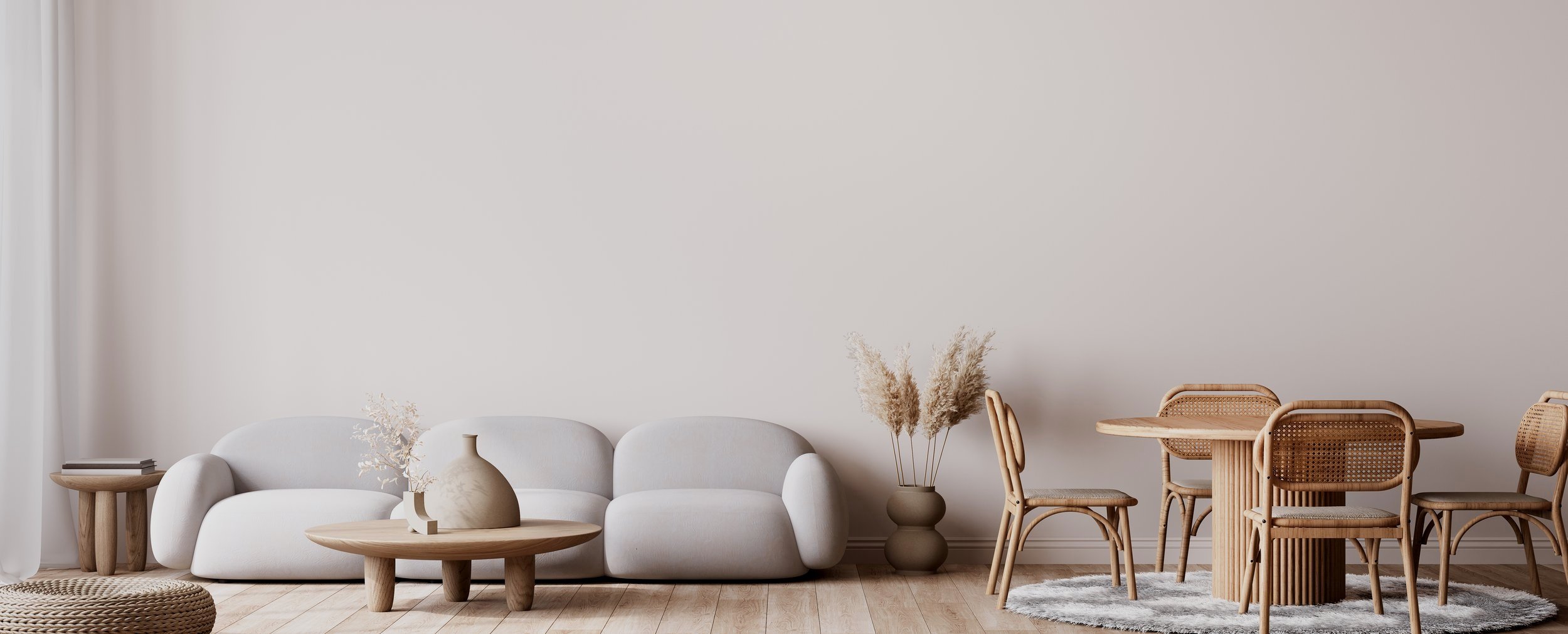
Growing Your Interior Design Team
Grow Your Interior Design Team
Whether you're an emerging design studio, an established firm seeking expansion, or an individual designer looking to assemble a talented team, our specialized legal solutions will support your journey to building a cohesive and successful interior design team.
Examples of contracts we help you create to grow your team include:
-
Employment contracts are legally binding agreements between designers and their employees, delineating job roles, responsibilities, compensation, benefits, working hours, and other terms of employment to ensure a clear and harmonious working relationship.
In the interior design context, these contracts become particularly important for purposes of protecting the designer’s intellectual property rights, confidentiality, and client relationships.
-
Independent contractor agreements establish a legal arrangement between designers and self-employed individuals, outlining the specific tasks, payment terms, project scope, and other important details for collaborative projects while clarifying the independent nature of the contractor's engagement.
Independent contractor agreements are critical for purposes of protecting a designer’s intellectual property rights, client relationships and vendor relationships.
-
Vendor agreements are formal contracts that establish terms and conditions between designers and suppliers, detailing aspects such as pricing, delivery schedules, quality standards, and other essential elements to ensure a smooth and mutually beneficial procurement process for materials and furnishings.
In these agreements, designers can spell out their liability and indemnification requirements in the event things go wrong.
-
Subcontractor agreements are contractual arrangements between designers and hired professionals, such as contractors, installers, skilled tradespersons, painters, and similar other professionals.
These contracts outline the specific tasks, responsibilities, compensation terms, and project scope for the subcontractor's specialized services. These contracts can also be used to cover quality requirements, waivers, indemnification, dispute resolution and other important terms needed to protect designers in the event something goes wrong with the project.
-
Partnership agreements within the interior design industry typically involve defining the terms, responsibilities, and expectations of two or more collaborators in a design business, addressing aspects like profit-sharing, decision-making, and the overall operational framework.
To ensure a cohesive and successful business relations, a basic partnership agreement will also covers other important business terms including:
Capital Contributions
Roles and Responsibilities
Management Structure
Voting Rights
Dispute Resolution
Exit Strategies
Non-Compete and Non-Solicitation
Intellectual Property Ownership
Confidentiality
Duration and Termination
Distribution of Assets
Insurance and Liability
Admission of New Partners
Restrictions on Transferring Partnership Interests
-
Joint venture agreements are legal contracts that outline the terms and responsibilities of two or more parties collaborating on a specific project or venture, addressing aspects like resource sharing, profit distribution, decision-making, and project management to ensure a successful and mutually beneficial business relationship.
Joint venture agreements are similar to partnerships, with a few key differences:
focus of a joint venture is a specific project or venture, and partnership agreements involve a broader and ongoing business
joint ventures are often time-limited
joint ventures are generally more flexible and less formal
joint ventures can sometimes be considered separate legal entities, but they can also exist without formal legal status, whereas partnerships are typically recognized as distinct legal entities with specific legal requirements and obligations
the two may be treated differently for tax purposes
-
Collaboration agreements within the interior design industry are formal contracts used by two or more designers or creative professionals to:
outline the terms and conditions of joint efforts between the parties
define roles & responsibilities
clarify ownership of intellectual property
what party will take on invoicing and billing responsibilities
non-compete & non-solicitation
and any other related business terms
-
An art consultant agreement within the interior design industry is a contractual arrangement between an interior designer and an art consultant, detailing the scope of their collaboration, responsibilities, compensation terms, and other relevant provisions related to selecting and integrating artworks into interior design projects.
These agreements can be structured and negotiated in various ways and typically vary from case to case.
-
Non-disclosure agreements (NDAs) are legal contracts that safeguard confidential information exchanged between designers and clients, collaborators, or partners, ensuring that sensitive details about design concepts, strategies, and project specifics remain protected from unauthorized disclosure or use.
NDA’s can be structured in different ways, including:
Mutual NDA’s
NDA’s for Designer’s Concepts
-
Employee handbooks and policies provide guidance for employees within an organization. It outlines the company's mission, values, and culture while detailing various workplace policies, rules, and expectations.
These documents typically covers topics such as code of conduct, dress code, working hours, benefits, leave policies, work from home policies, performance expectations, and procedures for addressing issues like harassment or conflicts. It plays a crucial role in fostering a positive work environment, ensuring consistency in employee treatment, and promoting compliance with legal regulations.


